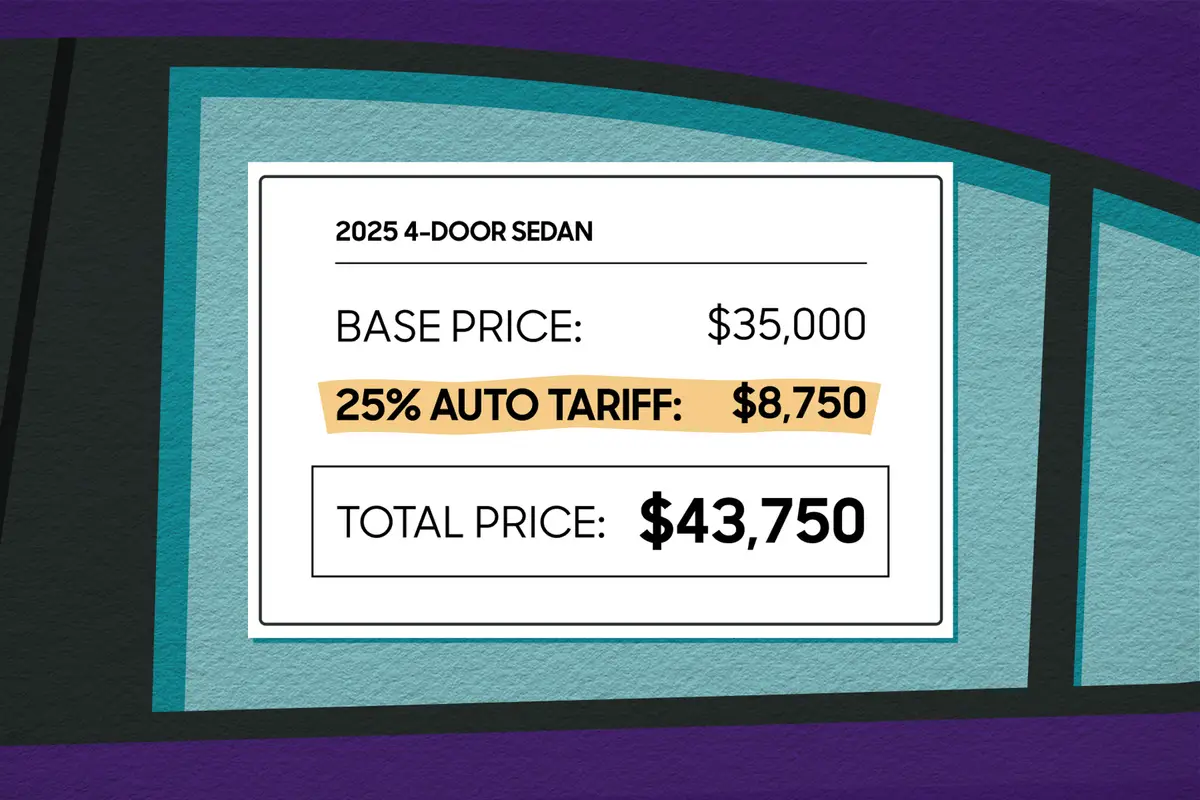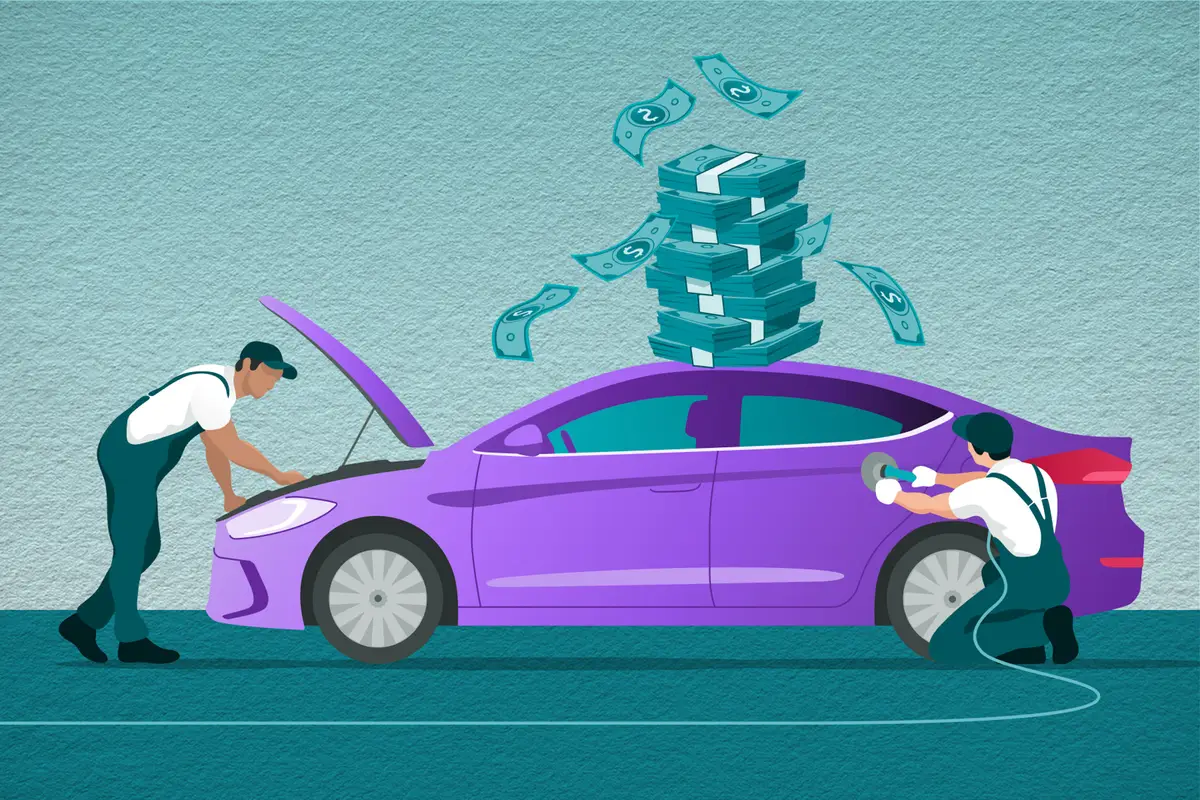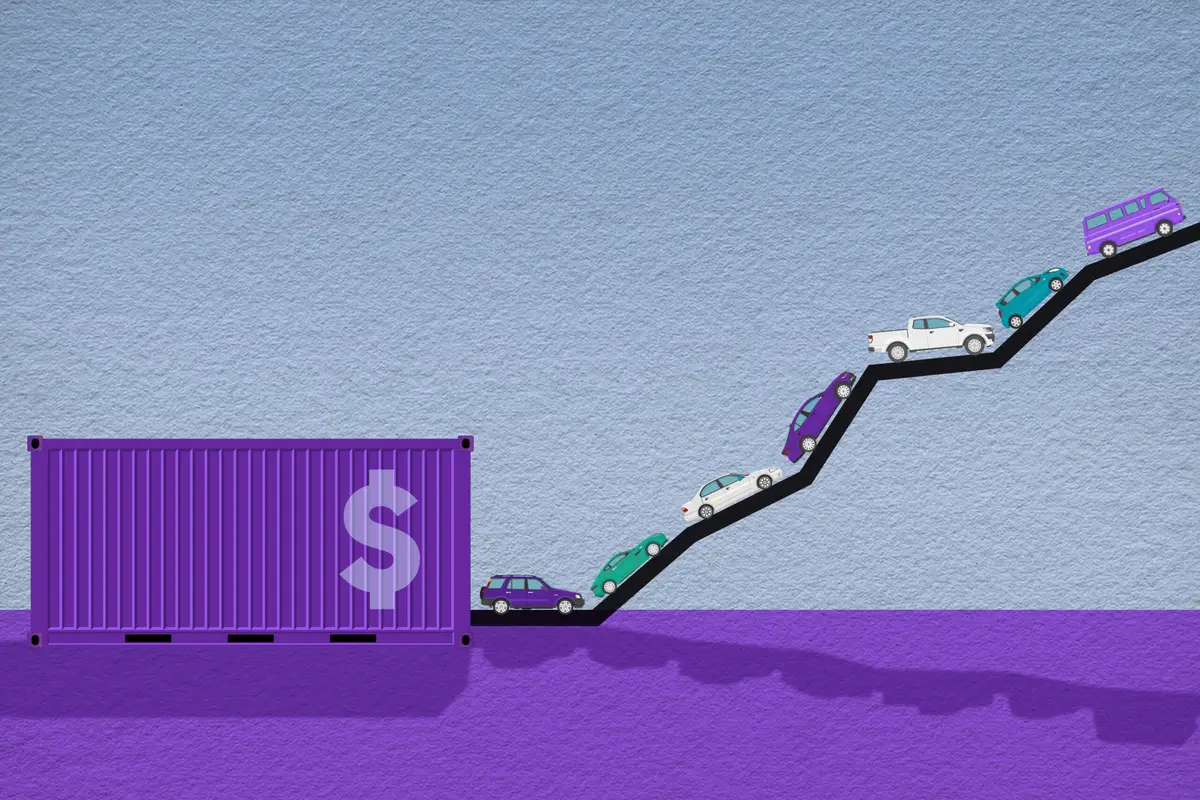Star-Telegram.com's view
The full-size, luxury Range Rover serves well as the flagship of the British Land Rover brand.
The vehicle received some major changes just last year ago, updating the line that had received a complete makeover for 2003.
For 2007, there was a new interior, including a redesigned instrument panel.
The biggest change, though, was addition of the Terrain Response system that has been included in the less-expensive LR3 and Range Rover Sport models.
This system has five settings for different road conditions for improved on- and off-road performance for the Range Rover. The settings are for normal dry pavement, snow, mud, sand and rock.
Also new last year was an electronically controlled locking rear differential, a great off-road feature.
For 2008, the Range Rover gets new door sill plates, a storage slot for the remote control for the rear-seat entertainment system, and a leather dash top (it was optional last year).
Added two years ago, for 2006, was the first supercharged version – billed as the “most powerful Range Rover ever.”
For this report, we tested the normally aspirated Range Rover HSE model (base price $78,450 with freight).
A big change two years ago was that the Range Rover’s engines are now derived from Jaguar, the other famous British luxury brand. These engines replaced the V-8s that Land Rover had been buying from German luxury automaker BMW, the former owner of Land Rover.
Ford currently owns both Jaguar and Land Rover, but is in the process of selling the two brands. Recent news reports say that Tata Motors of India is close to completing a deal for the two brands, but is planning to continue using Ford-supplied engines and transmissions from England.
Ford bought Land Rover in 2000, ending the company’s short life as a subsidiary of BMW, which had purchased it just four years earlier. The U.S. automaker has owned Jaguar since 1989.
The current Range Rover owes most of its development to BMW, however. BMW co-designed the vehicle with Land Rover so that the platform could be used for a new line of BMW sport utility vehicles as well. Ford took over and finished development of the Range Rover, rolling out the new generation in 2002 as a 2003 model.
Because development was so far along when Ford took over, Land Rover had to buy the 283-horsepower 4.4-liter V-8 engine from BMW. It then took Ford three years to develop its own engines and redesign the Range Rover to accommodate them.
For 2008, the base engine is a normally aspirated aluminum 4.4-liter V-8 rated at 305 horsepower and 325 foot-pounds of torque. That’s what comes with the Range Rover HSE model.
For a starting price of about $92,000, the supercharged Range Rover model is offered. It comes with a Jaguar-based supercharged 4.2-liter aluminum V-8, rated at 400 horsepower and 420 foot-pounds of torque.
In both models, the engines are connected to a six-speed automatic transmission with Command Shift manual shift option. Land Rover says top speed of the normally aspirated model is 125 mph, and the vehicle accelerates from zero to 60 mph in 8.3 seconds. For the supercharged model, zero to 60 is achieved in 7.1 seconds, and top speed is 130 mph.
Besides the engines, new features added for 2006 included more sound damping elements for a quieter ride; a redesigned grille, front bumper, headlights and taillights for the HSE; and a separate mesh grille design for the supercharged model; revised bodyside air vents; and 19-inch wheels.
The supercharged model also comes with premium leather interior trim, Brembo front brakes, adaptive headlights, 20-inch alloy wheels, unique air vents and black-on-silver “Supercharged” badging.
For both models, steering was enhanced, and the air suspension system improved.
Styling of the current model remains much like it has since the Range Rover was introduced in 1970.
There’s no need for drastic changes. The vehicle is quite elegant-looking, which is in keeping with the theme of having Land Rover products to carry British explorers into the wilds in style and comfort.
As the flagship of the Land Rover brand, and with its high price tags, the Range Rover’s demographics are impressive. The typical buyer is a professional or executive male, college graduate, with an annual household income of about $375,000.
The first Range Rovers came to the United States beginning in 1987, and while the vehicle has undergone many upgrades over the years, the basic body and chassis were unchanged until the BMW-engineered model arrived.
Today’s Range Rovers have nothing in common with the old ones other than generally the same styling and the feel that, even with its BMW heritage, it still is a Range Rover.
The old Range Rover came with an aluminum body mounted on a steel ladder-frame chassis, but the new one has a one-piece monocoque body with integrated frame, and some exterior body panels are steel. The doors, fenders and hood are still made of aluminum, however.
More than $1 billion to develop the new generation initially, then Ford invested millions more for the new engines and other changes for 2006.
Another of the Range Rover’s major attributes was carried over as well, but with some key improvements – the vehicle’s amazing off-road capabilities. Unlike some of its competitors, the Range Rover is as able on the trail as it is on the highway.
Fulltime four-wheel drive is standard, of course, and that includes a two-speed transfer case that provides low-range gearing for serious off-road driving. Also included is Land Rover’s Hill Descent Control system. New in 2003 was shift-on-the-fly capability for the transfer case.
Among the high-tech features are a GPS satellite navigation system, electronic air suspension, four-wheel traction control, electronic brakeforce distribution, and a trip computer/driver information system.
The Range Rover HSE exudes the essence of luxury, with leather seat surfaces, wood trim and an instrument panel with center console that looks more like that of a jet aircraft than a car.
Bucket seats are installed up front, and the rear has a bench seat for up to three people, with lots of knee room. No third seat is offered, though, so seating is limited to five people.
That does leave ample cargo space behind the second row, however.
Other standard features include four-zone automatic climate control, power-everything, all-terrain dynamic stability control, eight air bags, front and rear parking distance warning systems and rearview camera system, heated windshield, front and rear fog lamps, cruise control, Harman/Kardon digital surround-sound audio system with six-disc CD changer and 14 speakers, Sirius satellite radio, tire-pressure monitoring system and a power tilt/telescoping steering column.
Options included on our test vehicle were a “luxury interior package” ($4,500), which added 14-way power-adjustable front bucket seats; upgraded leather on the seats, center console lid and door pulls; additional wood trim; heated and cooled front seats; removable luggage net; auto-dimming outside mirrors; and adaptive headlights; and a rear-seat DVD entertainment system with dual screens in the back of the front-seat headrests ($2,500).
With $775 freight and options, our test vehicle’s sticker topped out at $85,450.
EPA fuel economy ratings are 12 miles per gallon in the city and 18 on the highway.
2008 Land Rover Range Rover
The package: Full-size, four-door, five-passenger, V-8 powered, fulltime four-wheel-drive luxury sport utility.
Highlights: Completely redesigned five years ago and significantly upgraded again last year, this is the continuation of the premium sport utility vehicle from England that made its U.S. debut in 1987. It is based on a platform developed by former Land Rover owner BMW, but has Jaguar engines.
Negatives: Quite pricey, even without options.
Engines: 4.2-liter V-8 (Supercharged model); 4.4-liter normally aspirated V-8 (HSE model).
Power/torque: 305 HP./325 foot-pounds, normally aspirated (4.4-liter); 400 HP./420 foot-pounds, supercharged (4.2-liter).
Transmission: Six-speed automatic.
Length: 195.7 inches.
Curb weight: 5,474-5,637 pounds.
Cargo volume: 35 cubic feet.
Towing capacity: 7,718 pounds.
Brakes, front/rear: Disc/disc, antilock.
Fuel capacity/type: 27.6 gallons/unleaded premium recommended.
EPA fuel economy: 12 mpg city/18 highway (both engines).
Major competitors: Lexus LX 570, Mercedes-Benz G-class, Porsche Cayenne.
Base price: $77,675 plus $775 freight.
Price as tested: $85,450 (HSE, with freight and options).
On the Road rating: 8.9 (of a possible 10).
The automotive columns of G. Chambers Williams III have appeared regularly in the Star-Telegram since 1995. Contact him at chambers@star-telegram.com.
Latest news



